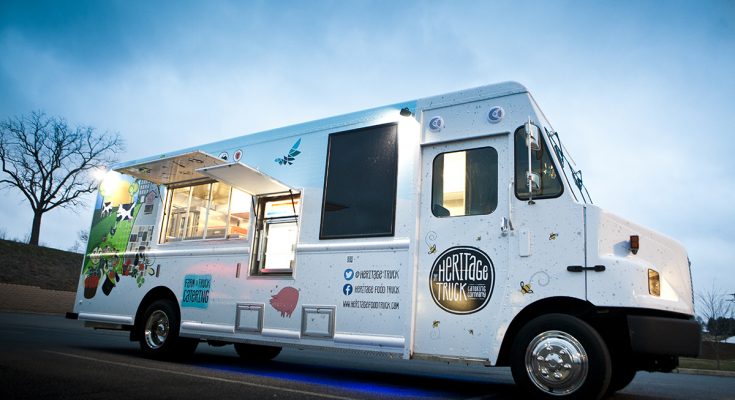Cold chaining refers to the refrigerated storage and logistic services used for industrial and commercial applications, such as food and beverage processing, food and beverages storage, pharmaceuticals logistics, refrigerated transport, and others. The ‘other’ under application segment includes bio-pharmaceutical cold chain logistic, and sauces.
Cold chain stereotypically plays an important role among various storage and logistic applications in the food, pharmaceuticals and chemicals industry. Over the years, cold chain has played an important part in the growth of global trade in perishable products. Moreover, with increasing global concern over food wastage and food crisis, the cold chain market is expected to witness significant growth during the forecast period.
According to International Trade Administration (ITA), the global losses in the food industry crossed more than $750 billion in 2015. ITA has also recognized that a significant part of this loss is due to the improper cold chain infrastructure in developing countries. Globally, the biopharmaceutical market accounted for nearly $260 in 2015. The growth of the biopharmaceutical market is also expected to boost the cold chain spending in developed countries of North America and Europe.
The development of cold chain industry has an important role to play in reducing the wastage of perishable commodities. It has also helped the governments in controlling inflammation of perishable commodities. Over the year, the pharmaceuticals manufacturing has shifted to developing countries of Asia-Pacific, owing to the favorable support from the governments and easy availability of land and labor in these countries. The cold chain storage and logistic are extensively used for the refrigerated storage and transportation of temperature sensitive pharmaceutical products.
Geographically, Asia-Pacific is estimated to be the fastest growing market for cold chain during the next three years. The demand of cold chain services in Asia-Pacific is driven largely by the establishment of new refrigerated warehouses in India and China. In 2014, India surpassed the refrigerated warehouse capacity of the U.S., and became the world’s largest country by refrigerated warehouse capacity. Moreover, the significant demand of cold chain logistic is witnessed from the inward migration of chemical and pharmaceutical manufacturing industry from western countries, owing to cheap land and labor in Asia-Pacific.




